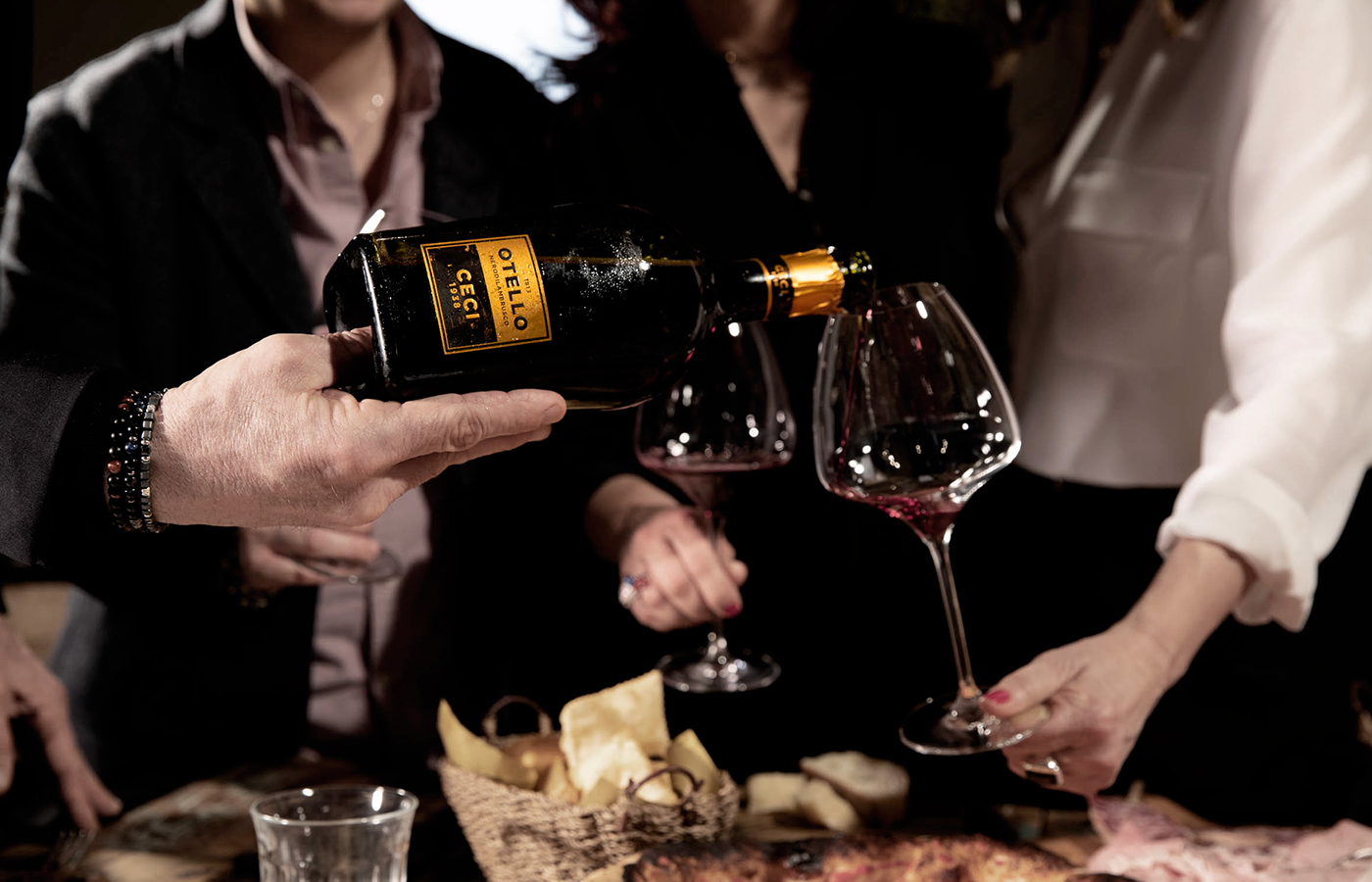How to open and serve wine
Important dinner at our home, we want to make a good impression.
Table set to perfection, napkin on the left and knife blades inwards. Of the knives,plural, because according to etiquette we put two.
Saucer for bread, water glass on the left and wine glass on the right.
Yes, the wine. But which one? The one we bought in the wine shop, being
recommended, after a very long study that lasted days, on the perfect pairing, the one that knows how to surprise.
We may have exaggerated, but we wanted to overdo it: one wine for each course.
But that means a refined and elegant service, much more than we think we can deal with.
So where do we start? And if we want to open the bottles on the table, in front of our guests, as etiquette requires, how to do it?
Sparkling wine
We decided to offer our appetizer accompanied by an exciting white sparkling wine, and we bring it to the table with great joy. All eyes are on us – and on the label – in eager anticipation. For a moment, our mind is struck by a flash of panic and performance anxiety: how to open it?
In the case of a bottle with a mushroom cap (in fact of sparkling wine), the priority will be to open it gently without its content getting the better of us. Tame it, in other words.
We nonchalantly remove the wire cap and keep a thumb on the now free cork to avoid sudden releases. The other hand wraps the bottom of the bottle, making a quarter turn on one side and then on the other, alternately, to allow the cork to come out gradually.
Contrary to what pilots and saber specialists teach us, etiquette requires that we do not make a noise: no pop. Therefore, and to avoid this we hold the cork by letting the bottle release slowly, applying slight pressure.
We smell the cork with discretion to check the quality of the wine, and we offer it to our guests who would want to do the same.
We serve the wine cold: the ideal temperature is between four and six degrees, in a flute that allows us to appreciate the bubble in all its beauty and to preserve it until the moment of tasting.
Still White Wine
We continue with a first course and decide to serve a still white wine, so it will most likely be a standard cork, so we use a corkscrew.
We prefer the sommelier one, and the procedure requires some extra care in this case.
The metal cap will surely have a winking tab just waiting to be pulled, but we ignore it and, with the corkscrew knife, cut around the rim (the protrusion at the top of the neck) to remove only the end of the cap. We insert the corkscrew spiral in the centre of the cork and make a rotating movement until it sinks everything – except for one, two spirals. By placing the tooth of the corkscrew on the neck of the bottle, we lever up to extract the cork almost completely, slowly but firmly. We gently pull out the end with small taps, avoiding, here too, noises and sudden movements.
Once again, the smell will help us to reveal any defects in the wine.
In this case, we will serve at 8-10 degrees: the condensation will barely veil the tulip glass, and we will have enchanted our guests.
Still red wine
We get to the second course, and we will open the cleverly matched red as for the previous course.
We are now used to it, and our movements have acquired softness and elegance; we pour, always holding the bottle from the bottom and not from the neck, into balloon glasses at a temperature of 16-18 degrees.
Dessert wine
Obviously, to be opened as in one of the two previous examples, in the case of sweet sparkling wine it will be served in sparkling wine glasses and in the case of a passito in small wine glasses.
Let’s breathe, a sigh of relief: the dinner went very well the wine was a supporting actor and we have skilfully handled the situation.
Ready, a little more sommelier in the soul and gestures, on the next occasion…


